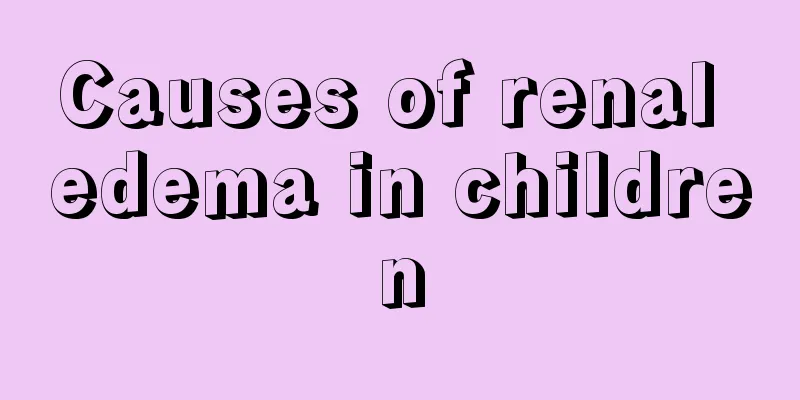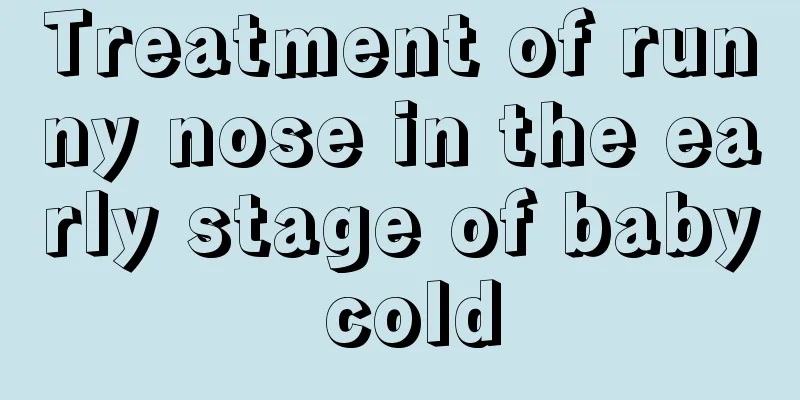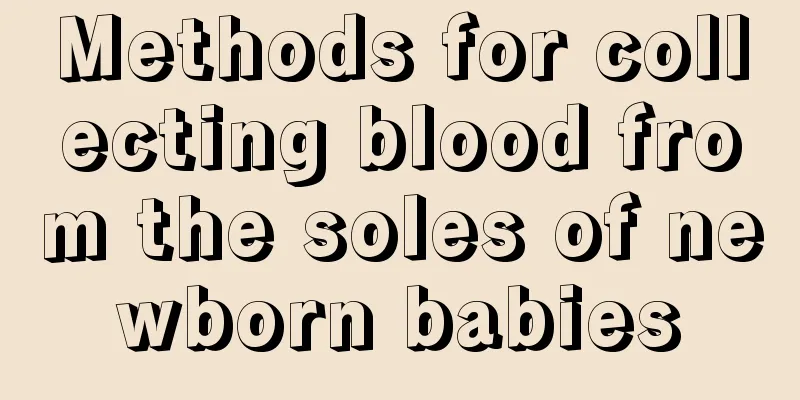The deciduous teeth do not fall out and the permanent teeth grow out

|
The period of tooth replacement is when children are six or seven years old. During this period, people's deciduous teeth will gradually fall off and permanent teeth will gradually grow out. This is a normal order of tooth replacement. Of course, some people will experience some adverse phenomena when their teeth are replaced. For example, the deciduous teeth do not fall out, but the permanent teeth grow out, which is a very common problem. So, how to deal with this problem when it occurs?
If the teeth grow crooked during the tooth replacement period, parents do not need to worry too much, because the permanent teeth at this time have not yet been truly positioned. Once the deciduous teeth fall off and the permanent teeth grow in, the mutual squeezing between the teeth and the joint action of the tongue and lips will help the teeth adjust to the correct position. Deciduous teeth need to be extracted, and it is best to do it as soon as possible and not delay it too long, because the retention of deciduous teeth will affect the eruption of permanent teeth. If they are blocked for a long time, their position may not be correct, and orthodontic treatment will inevitably be needed in the future. Children’s dental problems must be discovered and treated early, and parents need to be more careful. Take your child to the hospital for a check-up. If necessary, extract the teeth. The roots of deciduous teeth are very small, and the roots of the teeth to be replaced have basically been absorbed, so it is very easy to extract them. 2. How long does it take for permanent teeth to grow crooked? Generally, children recover faster than adults, and tooth extraction treatment takes longer than non-extraction treatment. Complex malocclusions and deformities take longer to treat than simple ones. Skeletal deformities take longer to correct than simple dental deformities. Everyone’s situation is different, so we need to analyze the specific situation, and the treatment time should also be analyzed based on the specific situation. After the correction is completed, you usually need to wear a retainer for about a year and a half. 3. How to distinguish between deciduous and permanent teeth (1) Tooth color: ① The crowns of deciduous teeth are generally whiter than those of permanent teeth. ②The enamel of permanent teeth is well calcified and translucent, which allows the yellow dentin to pass through, making the crown of the tooth yellow. ③The glossiness of permanent teeth is better than that of deciduous teeth. (2) Tooth volume: Permanent teeth are larger than deciduous teeth. (3) Crown shape: The corners of the crown of deciduous teeth are relatively rounded and blunt. (4) Dental X-ray: When it is difficult to distinguish between deciduous and permanent teeth clinically, they can be distinguished by taking X-rays and observing the tooth germs in the jawbone. |
<<: Why do children get metabolic diseases?
>>: Can children with eczema be vaccinated?
Recommend
What to do if your child has swollen lymph nodes
For many babies, the immune system is not yet ful...
What is the cause of blood in the stool of a two-year-old baby?
In our daily life, due to different eating habits...
What are the characteristics of infantile autism?
As the name suggests, infantile autism is a menta...
What to do if baby's skin peels
The baby's body is very fragile and the baby&...
What should I do if my child hits his forehead?
Children are very naughty. It is inevitable that ...
What should I do if my child has a poor appetite recently?
I believe that for parents with children, the mos...
What is going on when a child has a seizure?
The physical health of children is very important...
What should I do if my child has a fever after being frightened?
For children, since they have been exposed to ver...
What are the development indicators of a 42-day-old baby?
The baby's development is an issue that every...
Why does my child's wrist hurt?
During the normal development process, children s...
How should allergic rhinitis in children be treated?
Many parents are afraid to give their children ho...
How to deal with green poop in a baby over three months old
It is a common phenomenon for babies to have gree...
How to rehydrate infants with diarrhea and dehydration
Diarrhea in babies is a common occurrence. Some o...
What are the symptoms of gastroesophageal reflux in children?
Esophageal reflux disease is uncommon in children...
Growth retardation in children
In fact, developmental delay in children is a pro...









